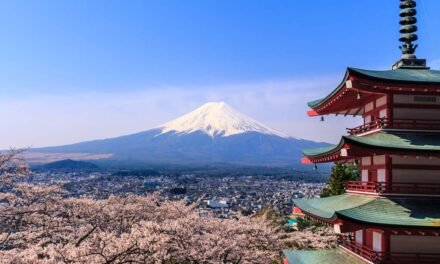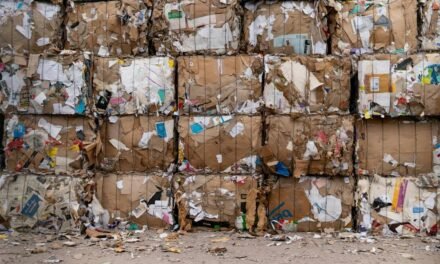The Department of Energy on Tuesday announced a scientific breakthrough in nuclear fusion at a national lab in California, marking a major step toward developing a new, sustainable form of energy that releases virtually no carbon dioxide or other types of air pollution.
Scientists at the Lawrence Livermore National Laboratory in California successfully generated a fusion reaction between two hydrogen atoms and maintained that reaction in a controlled setting, marking the potential to use such reactions to generate huge amounts of energy without burning fuels.
The experiment took place at the National Ignition Facility at the Lawrence Livermore National Laboratory (LLNL) in California.
LLNL director Dr Kim Budil said: “This is a historic achievement… over the past 60 years thousands of people have contributed to this endeavour and it took real vision to get us here.”
Nuclear fusion is described as the “holy grail” of energy production. It is the process that powers the Sun and other stars
It works by taking pairs of light atoms and forcing them together – this “fusion” releases a lot of energy.
Fusion energy raises the prospect of plentiful clean power: the reactions release no greenhouse gases nor radioactive waste by-products.
A single kilogram of fusion fuel, which is made up of heavy forms of hydrogen called deuterium and tritium, provides as much energy as 10m kilograms of fossil fuel. But it has taken 70 years to reach this point.
Speaking at the announcement on Tuesday, Jill Hruby, of the National Nuclear Security Administration (NNSA), said the US had “taken the first tentative step towards a clean energy source that could revolutionise the world”.










